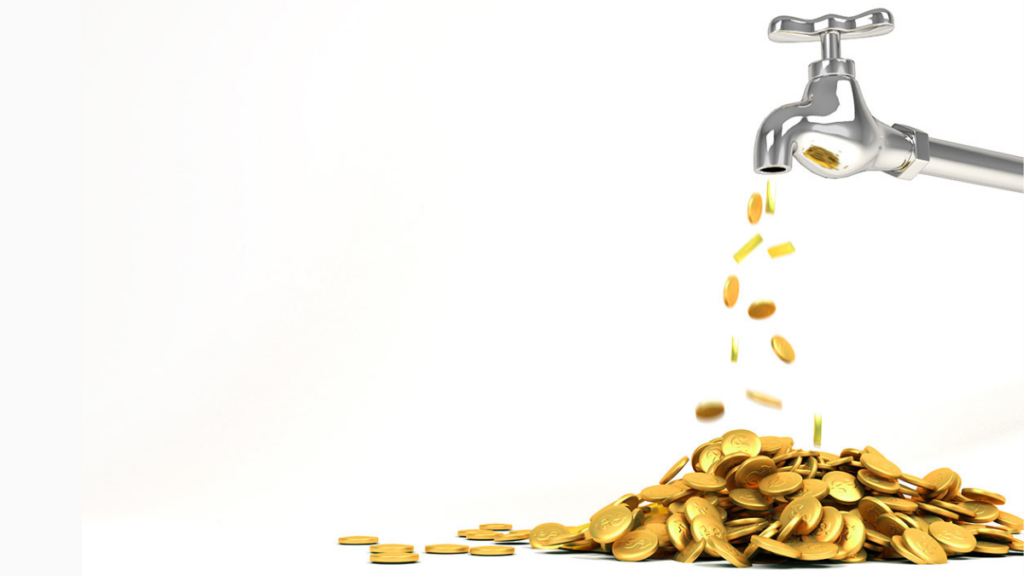Ideas to Improve Your Personal Cash Flow

One of the most common reasons businesses fail is due to lack of proper cash flow. The same is often true in many households. Here’s how this concept of cash flow applies to you along with some ideas to improve it.
Cash flow defined
Cash flow equals cash coming in (wages, interest, Social Security benefits) and cash going out in the bills you pay and money you spend. If more is coming in than going out, you have positive cash flow. If the opposite is true, you have negative cash flow. Unfortunately, calculating and forecasting cash flow can get complicated. Some bills are due weekly, others monthly. A few larger bills may need to be paid quarterly or annually.
Create your cash flow snapshot
Before improving your cash flow, you need to be able to visualize it. While there are software tools to generate a statement of cash flow, you can also take a snapshot of your cash flow by creating a simple monthly spreadsheet:
- Type each month across the top of the spreadsheet with an annual total.
- Note all your revenue (cash inflows), then create a list of expenses (cash outflows) in the left-hand column.
- Enter your income and bills by month. Create a monthly subtotal of all your inflows. Do the same for your cash outflows. Then subtract the expenses from income. Positive numbers? You have positive cash flow. Negative numbers? You have negative cash flow.
- Create a cumulative total for the year under each month to see which months will need additional funds and which months will have excess funds.
Ideas to improve your cash flow
- Identify your challenges. See if you have months where more cash is going out than is coming in to your bank account. This often happens when large bills are due. If possible, try to balance these known high-expense months throughout the course of the year. Common causes are:
- Holidays
- Property tax payments
- Car and homeowners insurance
- Income tax payments
- Vacations
- Build a reserve. If you know there are challenging months, project how much additional cash you will need and begin to save for this in positive cash months.
- Cut back on annuities. See what monthly expense drivers are in your life. Can any of them be reduced? Can you live with fewer cell phone add-ons? How about cutting costs in your cable bill? Is it time for an insurance review?
- Shop your current services. Some of your larger bills may create an opportunity for savings. This is especially true with home and car insurance.
- Create savings habits to add to cash flow. Consider paying a bill to yourself in your cash outflows. This saved money is a simple technique to create positive cash flow each month to build an emergency reserve.

 Cash flow equals cash coming in (wages, interest, Social Security benefits) and cash going out in the bills you pay and money you spend. If more is coming in than going out, you have positive cash flow. If the opposite is true, you have negative cash flow. Unfortunately, calculating and forecasting cash flow can get complicated. Some bills are due weekly, others monthly. A few larger bills may need to be paid quarterly or annually.
Cash flow equals cash coming in (wages, interest, Social Security benefits) and cash going out in the bills you pay and money you spend. If more is coming in than going out, you have positive cash flow. If the opposite is true, you have negative cash flow. Unfortunately, calculating and forecasting cash flow can get complicated. Some bills are due weekly, others monthly. A few larger bills may need to be paid quarterly or annually.


